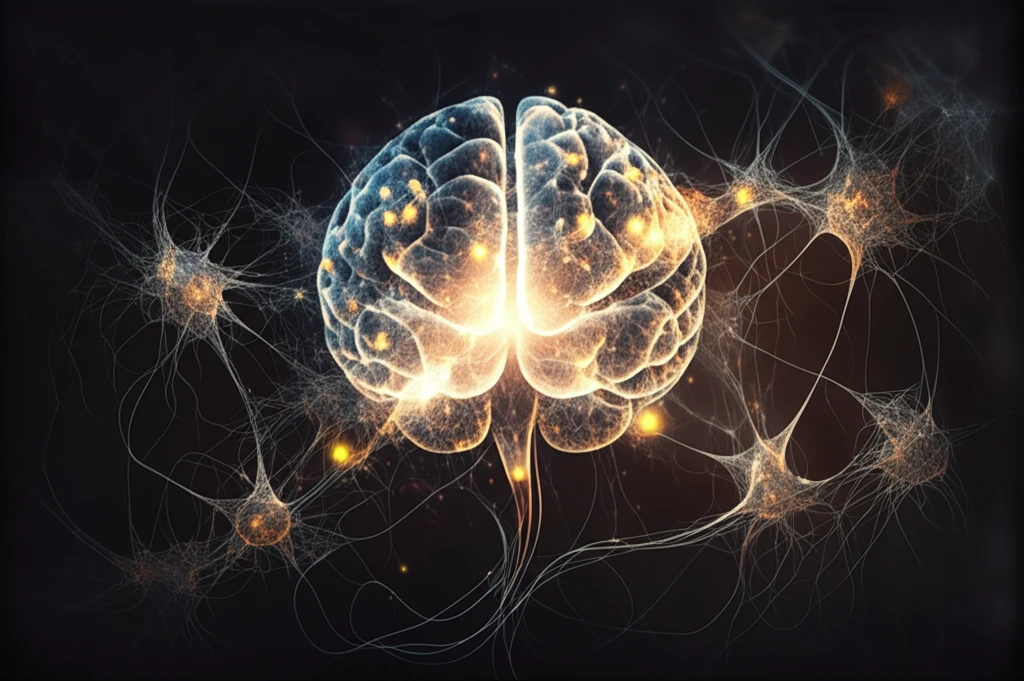
Unlocking Brain Health: New Insights into Stroke Recovery and Prevention
"Explore the latest research on anemia's impact on stroke outcomes, innovative treatments for aneurysms, and promising strategies to protect brain cells after ischemic events."
Stroke, a devastating condition affecting millions worldwide, continues to be a major area of medical research. Recent studies are shedding light on various aspects of stroke, from identifying risk factors and improving treatment strategies to understanding the underlying mechanisms of brain cell damage and recovery. These advancements offer hope for better outcomes and improved quality of life for those at risk or affected by stroke.
This article synthesizes findings from several key studies presented at a recent neurosurgery conference. We'll delve into the impact of anemia on stroke outcomes, explore new approaches to treating brain aneurysms, and examine innovative strategies for protecting brain cells after an ischemic event (a stroke caused by a blocked blood vessel).
Our aim is to make complex medical research accessible, providing you with valuable insights that could inform your understanding of stroke and its management.
Anemia and Stroke Recovery: A Troubling Connection

One study investigated the connection between anemia (a deficiency of red blood cells) and outcomes after aneurysmal subarachnoid hemorrhage (SAH), a type of stroke caused by bleeding in the space surrounding the brain. The researchers found that anemia, both after the initial bleeding and during the period of delayed cerebral ischemia (DCI – a dangerous complication that can occur after SAH), was significantly associated with poorer neurological outcomes. In simpler terms, patients who developed anemia were more likely to experience worse brain function after their stroke.
- When is transfusion beneficial?
- What is the optimal hemoglobin level to target?
- What is the ideal timing for transfusions to improve outcomes?
The Future of Stroke Treatment: A Multifaceted Approach
The studies summarized here underscore the complexity of stroke and the need for a multifaceted approach to treatment and prevention. Further research is crucial to refine our understanding of these factors and develop targeted interventions to improve outcomes for all stroke patients. By investing in research and promoting awareness, we can move closer to a future where stroke is less devastating and more manageable.
